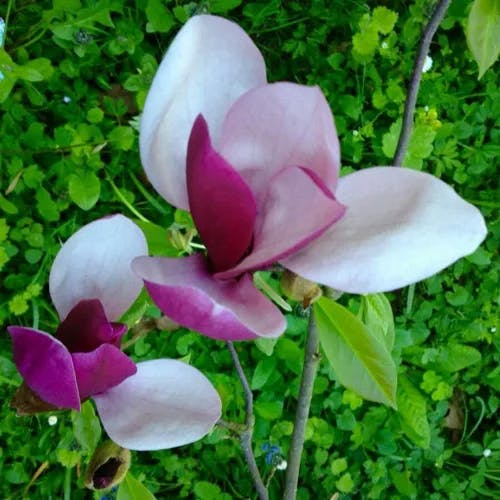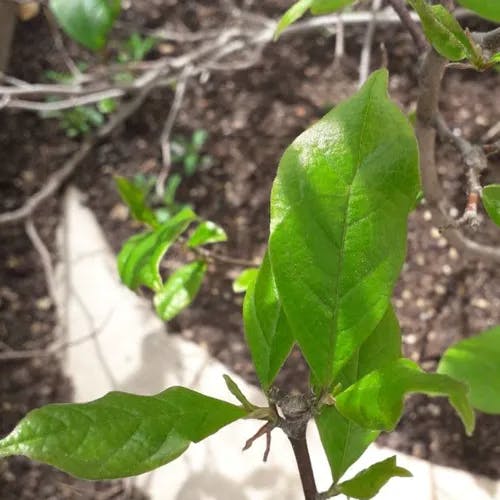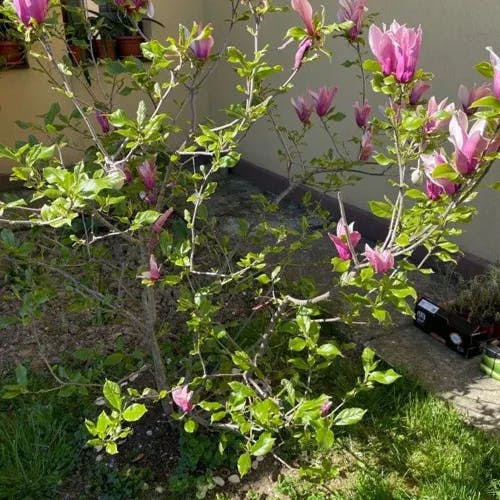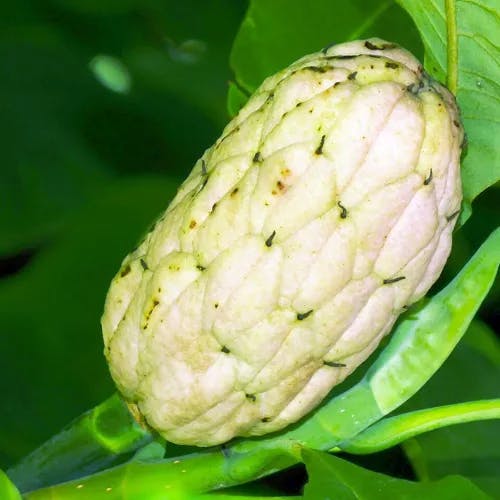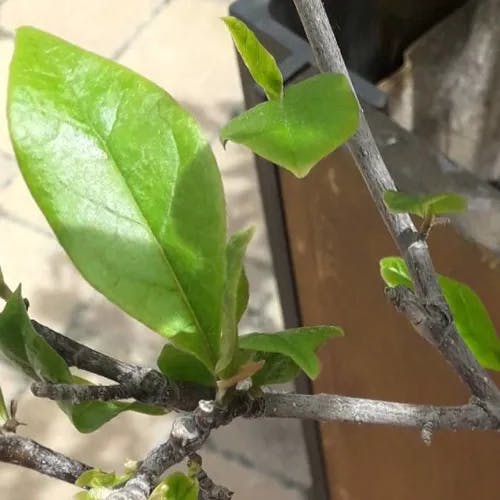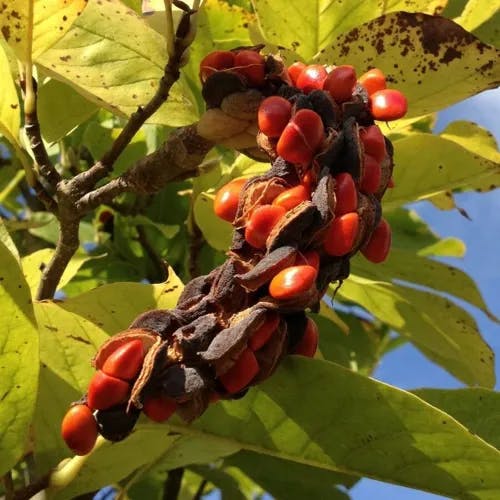The purple magnolia tree typically matures to a stature of 4-5 meters, however can arrive at up to 12 meters in ideal settings. It has a wide, rounded canopy and glossy, oval-shaped leaves that develop to 18 cm in length. The blossoms are the most particular component of the purple magnolia. They are tulip-molded, with six to twelve petals that are dim purple externally and white inside. They give off a wonderful fragrance when they sprout in the late spring. The product of the purple magnolia is a cone-like total of follicles, each containing one or two red seeds. The seeds develop in the late summer season and supply food to winged creatures and untamed life. The purple magnolia is genuinely simple to become and can withstand a wide scope of soils, despite the fact that it favors all around drained, acidic soil. It requires full sun or fractional shade and normal watering. In Chinese society, the purple magnolia is related with nobility and determination due to its capacity to sprout in harsh conditions. It is additionally viewed as an image of ladylike excellence and delicacy. There are a few assortments of purple magnolia accessible, including 'Nigra', which has very dim blossoms, and 'Gracilis', which has a more vertical development propensity. These varieties offer extra choices for cultivators.
0
0
